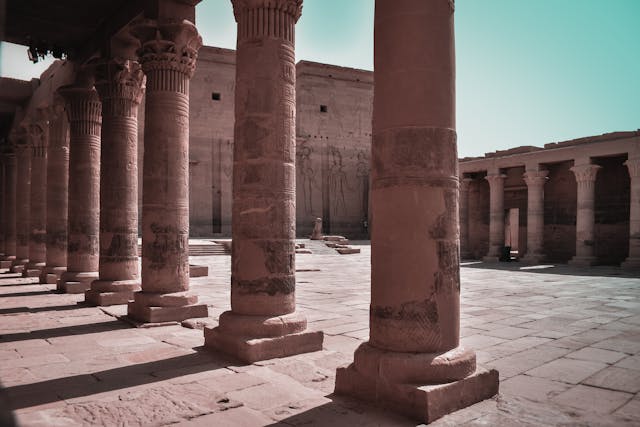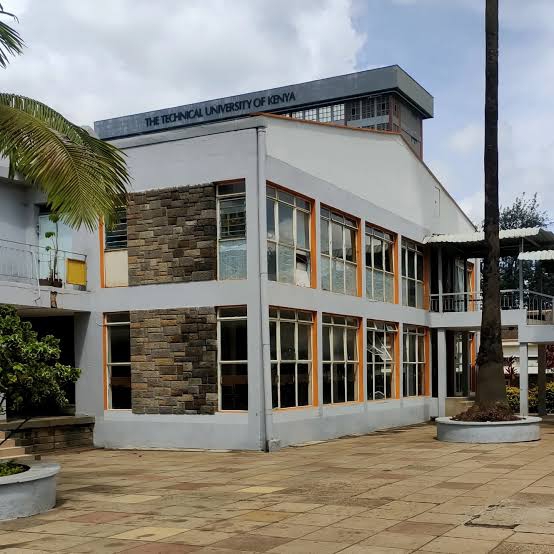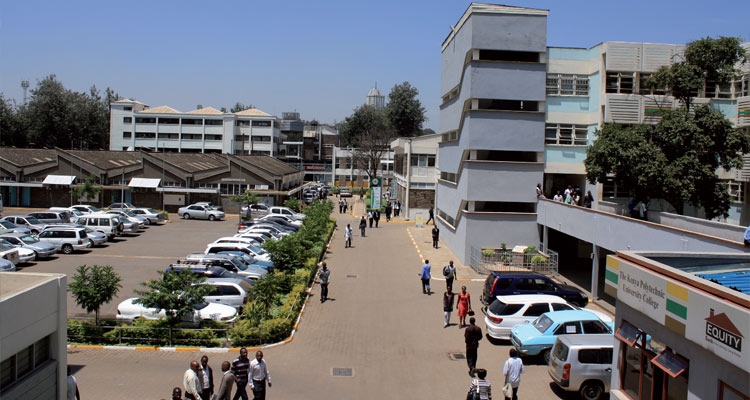




Royal Technical College: Nairobi’s Launchpad for Innovation
History African@africanhistory
12 days ago
In the heart of Nairobi’s bustling Central Business District, the Royal Technical College—now the University of Nairobi—stands as a cornerstone of Kenya’s journey into higher education.
Founded in 1956, it was East Africa’s first major venture into non-racial technical training, a bold step during a time of colonial segregation. Conceived from the 1949 Willoughby Report, the college aimed to equip students from Kenya, Uganda, and Tanganyika with skills in engineering, architecture, commerce, and domestic science. Its opening by Princess Margaret in 1956, on a 54-acre campus near Hospital Hill, marked a new era, with over 125 students of diverse backgrounds pioneering a shared future.
This institution, born from a vision to train regional leaders, laid the groundwork for Kenya’s largest university.
The college’s early years were a blend of ambition and adaptation. Its modern, functional buildings, funded partly by colonial grants and the Rockefeller Foundation, housed cutting-edge facilities like engineering workshops and veterinary labs focused on tropical diseases. Students, including those from the Kenya Technical Institute, tackled rigorous courses under a University of London affiliation, earning diplomas and, by 1960, degrees as the Royal College Nairobi.
The campus buzzed with intellectual energy, fostering not just technical prowess but also a sense of unity across ethnic lines—a subtle rebellion against colonial divides. By 1970, it transformed into the University of Nairobi, cementing its role as a hub for innovation and national identity.
Today, traces of the Royal Technical College live on in the University of Nairobi’s Main Campus, where historic structures like the Gandhi Wing blend with modern towers. The original engineering block and library evoke an era when Nairobi was a fledgling capital.
Visitors can sense the institution’s legacy in its vibrant student life and research output, from renewable energy projects to cultural studies. The surrounding area, with landmarks like the Times Tower, pulses with urban energy, making it a dynamic spot to explore Kenya’s academic heritage.
For travelers, visiting the Royal Technical College’s legacy at the University of Nairobi is a deep dive into Kenya’s intellectual roots. Book a campus tour through the university’s public relations office (check uonbi.ac.ke for contacts) to explore historic buildings and the library’s archival displays.
Weekdays are best, avoiding exam periods (March, November). Entry is often free, but a KES 500–1,000 donation supports student programs.
Pair your visit with a stroll to the Nairobi National Museum, just 10 minutes away, for context on Kenya’s history.
Matatus from the city center to Ngara (KES 50–100) drop you close, or take a taxi for KES 1,000.
Wear comfortable shoes for campus walks, and try local chai at nearby student cafes like Java House.
Respect academic schedules and seek permission for photos.
#KenyaEducation #RoyalTechnicalCollege #NairobiHistory #UniversityOfNairobi #EastAfricaLegacy #TravelKenya #AcademicHeritage #InnovationRoots #CulturalExploration #NairobiAdventures #HistoricalGems #AfricaTravel
Photo Credit: Tortoise path
